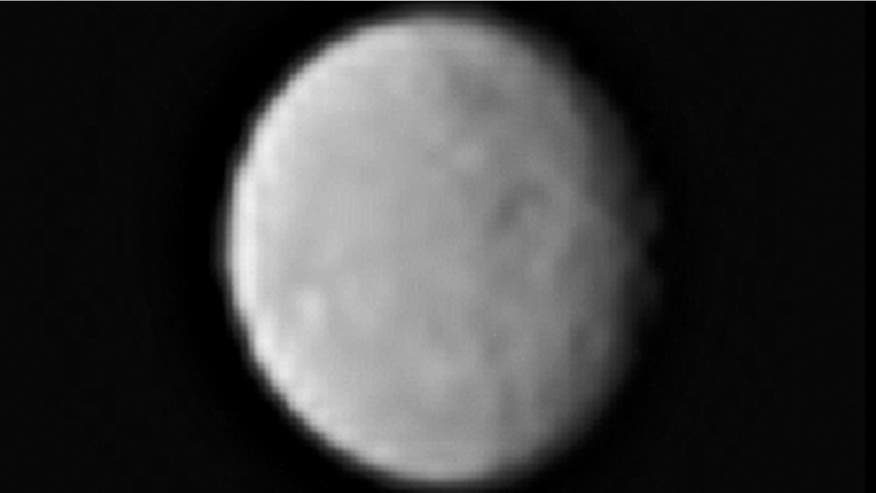Today, July 14th, 2015 will go down
as a major milestone in humanity exploration of the cosmos. After 85 years of
pondering what Pluto actually looks like, we know and will learn more in the
upcoming days and months.
New Horizons made its closest
approach to Pluto at 11:50 UTC, allowing us to see it for the first time with
clarity. By now, many of you have probably seen the images of Pluto with its
heart-shaped surface feature, which was actually hinted at by Hubble images
taken between 2002 and 2003.
If you look at the 180° face, a hint
of the heart-shaped feature seen below may now be apparent.
This image
of Pluto from New Horizons’ Long Range Reconnaissance Imager (LORRI) was
received on July 8, and has been combined with lower-resolution color
information from the Ralph instrument.
And from images taken on July 11, a
composite of Pluto with its companion Charon.
A portrait
from the final approach. Pluto and Charon display striking color and brightness
contrast in this composite image from July 11, showing high-resolution
black-and-white LORRI images.
For more information, follow New Horizons on Twitter and here, Alan Stern, Principle Investigator for
New Horizons.
Also, visit the New
Horizons page for updated images as they are posted.


